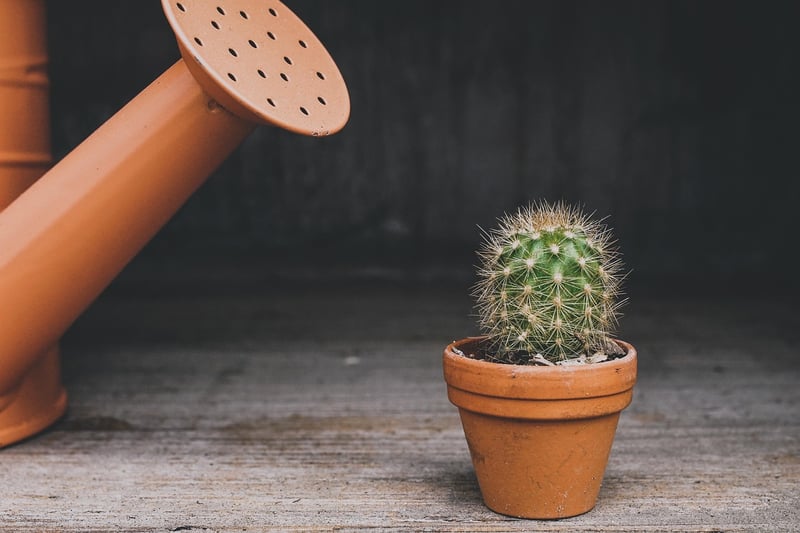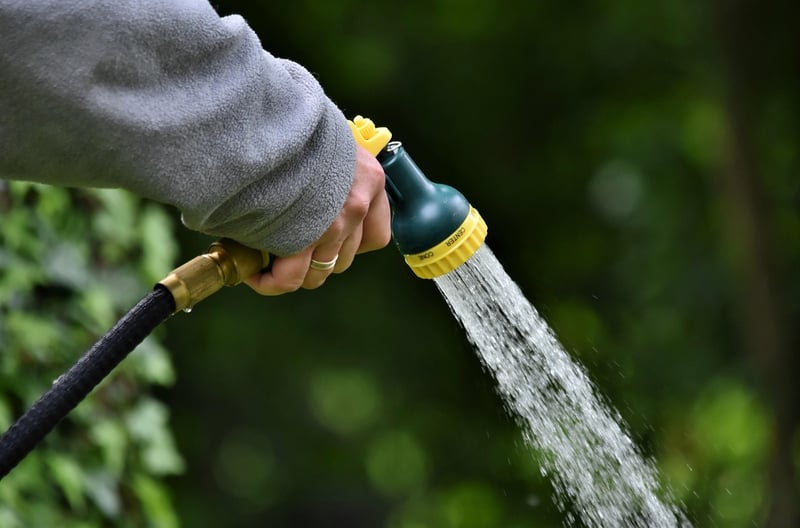Watering schedules
How to Maintain Plant Health with Proper Watering Schedules
Plants are a wonderful addition to any home or garden, providing beauty, cleaner air, and a sense of calm. However, to keep your plants thriving, it's essential to understand the importance of proper watering schedules. In this guide, we'll explore how you can maintain plant health by following the right watering routines.
Why Watering Matters
Water is essential for plant growth as it helps transport nutrients, supports photosynthesis, and maintains turgidity. Under or overwatering can lead to various issues such as wilting, yellowing leaves, root rot, and ultimately plant death. Finding the right balance is key to plant health.
Factors to Consider
Several factors influence the watering needs of plants, including:
- Plant Type: Different plants have different water requirements. Succulents need less water compared to tropical plants.
- Season: Plants may need more water during hot summer months than in cooler seasons.
- Soil Type: Soil that drains poorly may require less frequent watering to prevent waterlogging.
- Container Size: Plants in smaller pots may need more frequent watering than those in larger containers.
Establishing a Watering Schedule
To create an effective watering schedule, consider the following tips:
- Check Moisture Levels: Before watering, assess the soil moisture by inserting your finger into the soil. Water only if the top inch feels dry.
- Water Thoroughly: Ensure water reaches the root zone by watering until it drains out of the bottom of the pot.
- Use the Right Technique: Water plants at the base to avoid wetting the foliage, which can lead to diseases.
- Observe Plant Reactions: Monitor your plants for signs of over or underwatering and adjust your schedule accordingly.
Recommended Watering Tools
Investing in the right tools can make watering more efficient. Consider using a watering can with a narrow spout for targeted watering, a moisture meter to check soil moisture levels accurately, and a drip irrigation system for convenience.
Conclusion
By understanding the watering needs of your plants and establishing a proper watering schedule, you can ensure they thrive and remain healthy. Remember, consistency is key when it comes to watering, so observe your plants regularly and adjust your routine as needed.
Happy gardening!

